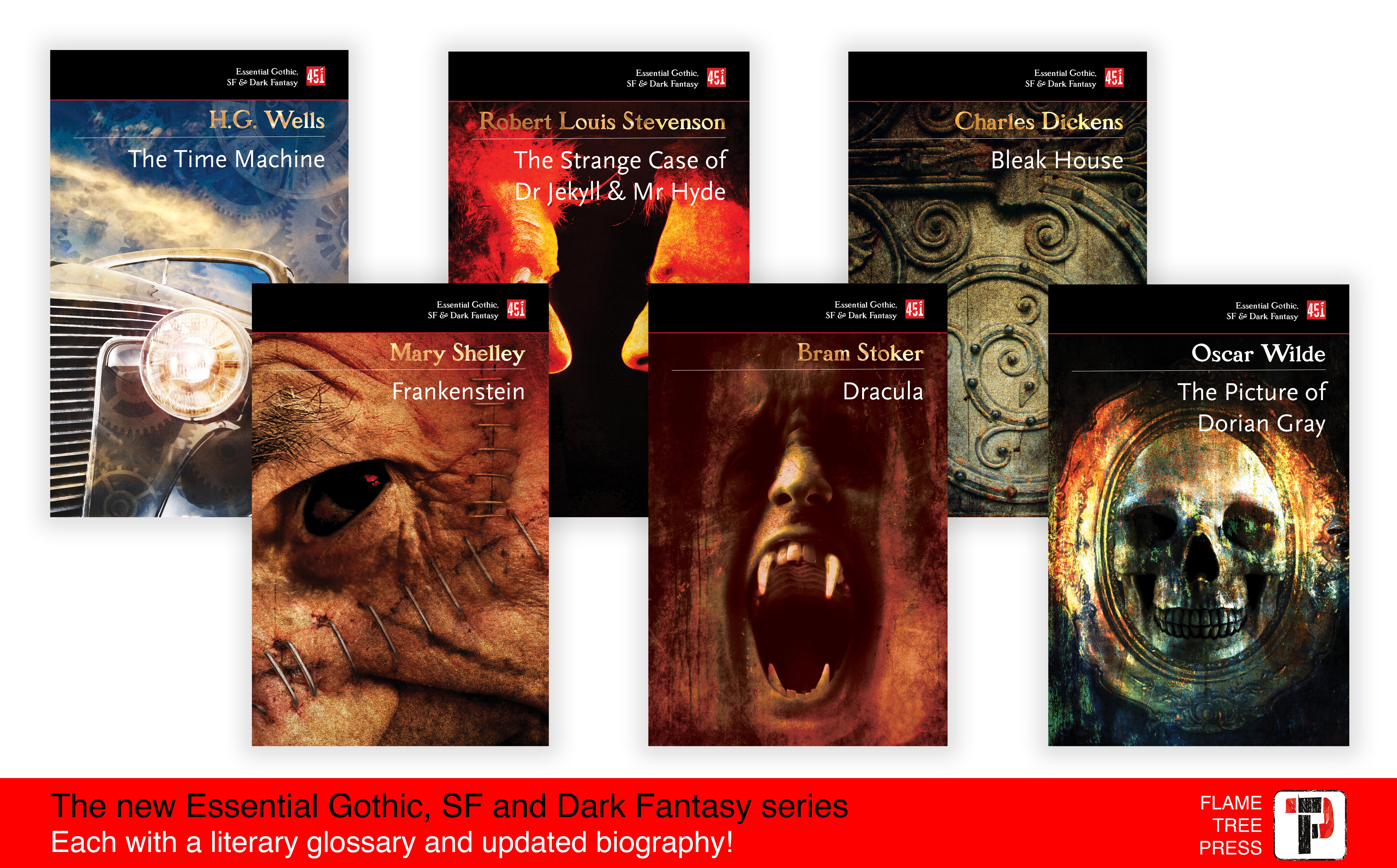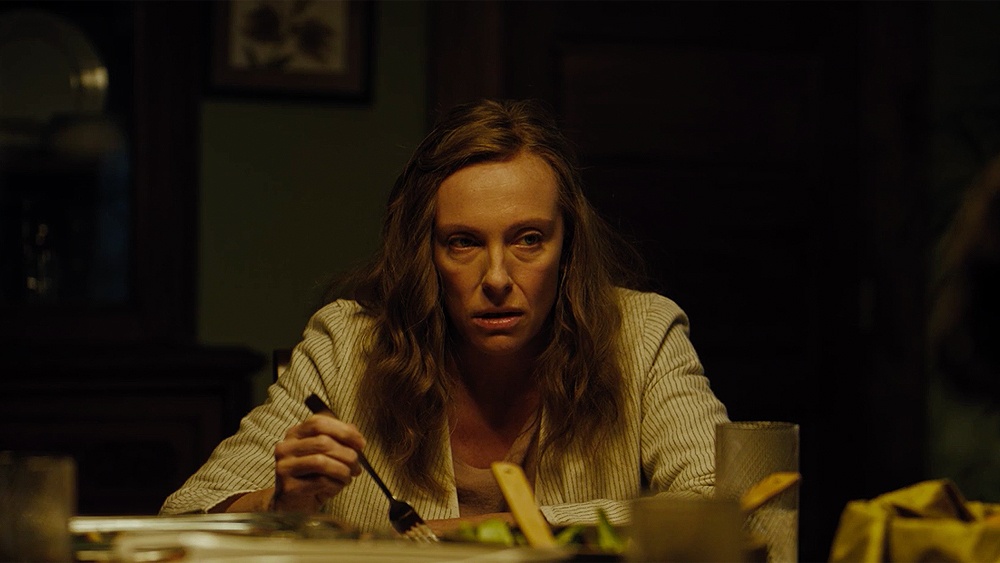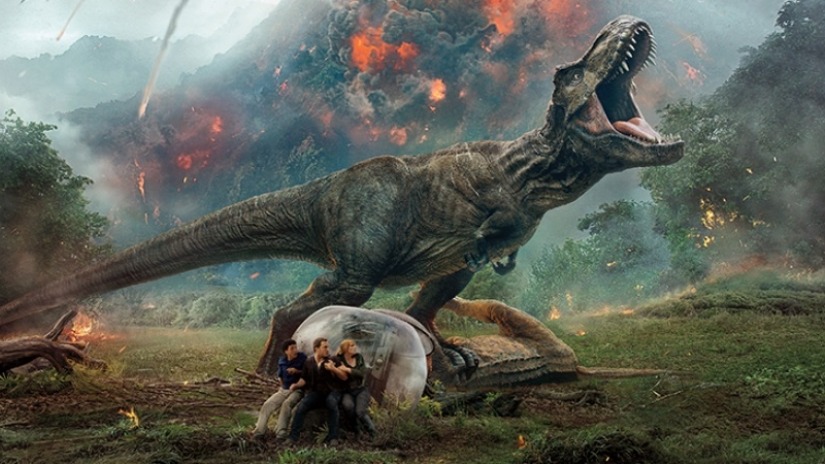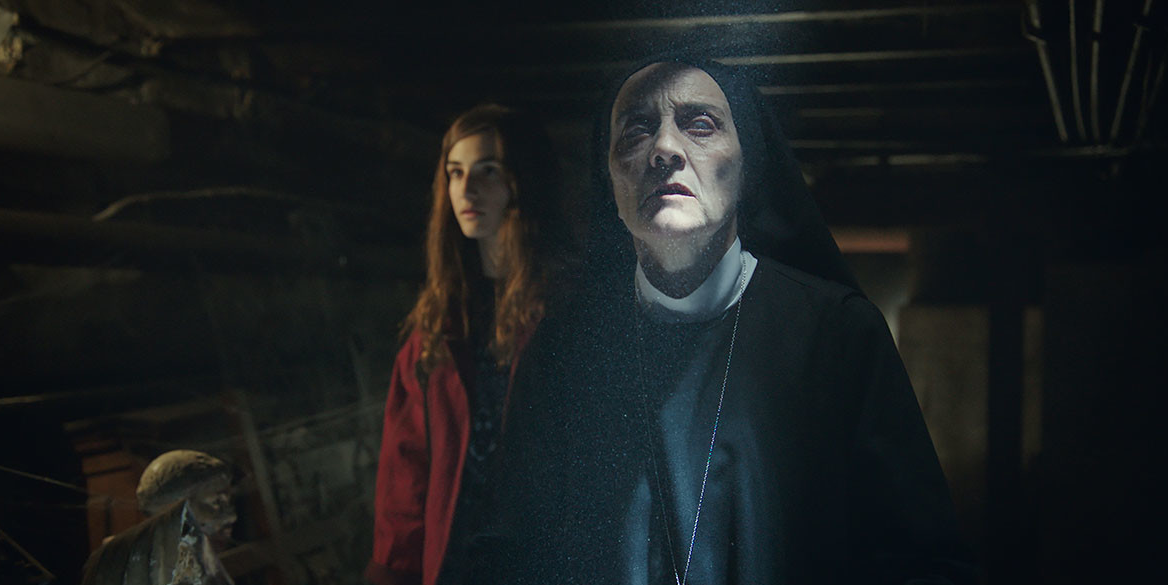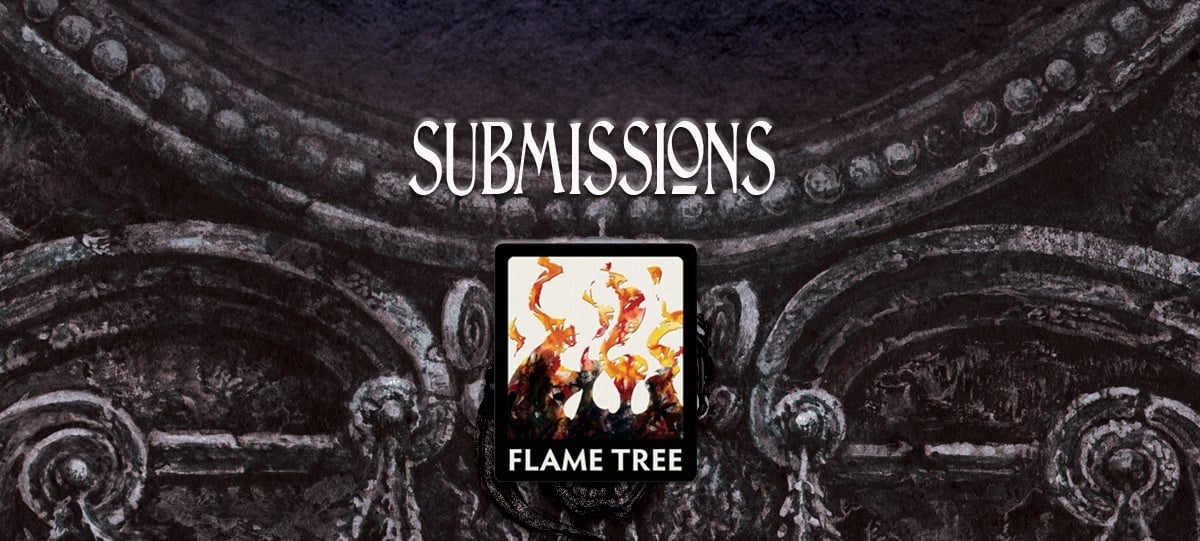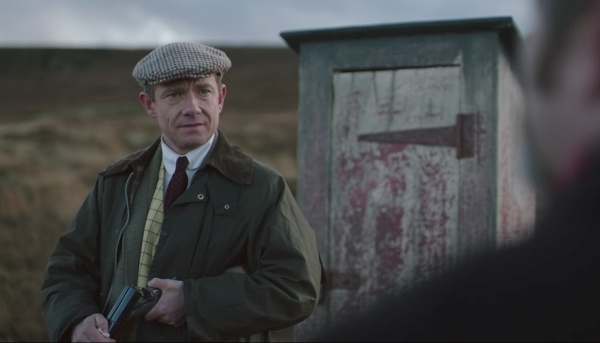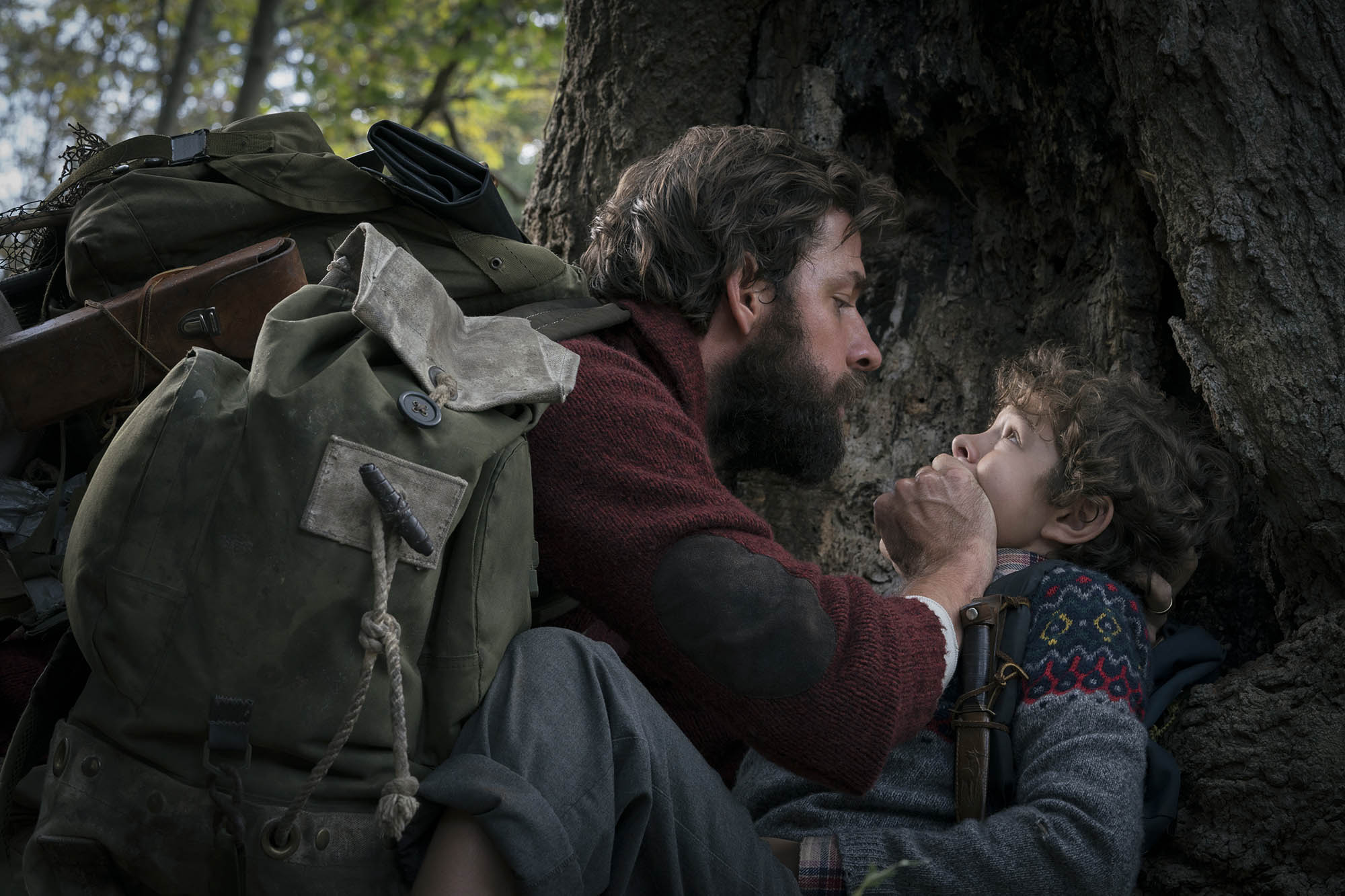The first scenes of the new Sicario film set the tone for the whole feature. They are gritty, violent and difficult to watch. It pulls no punches with the visuals, which, in an age of action films being dominated by superheroes and The Rock, feels increasingly unfamiliar. You expect the camera to pull out or cutaway but it holds and lets you see everything as it happens.
Read More
Topics:
crime,,
Film Review,
thriller
Often, the best way to understand a text is to understand the context in which it was written. A central part of this involves the story of the writers themselves. As such, learning about their lives, or what led to their writing of a text, can be very important in fully appreciating what they wrote. In our new editions of essential Gothic, Sci-Fi and Dark Fantasy books, we have included biographies of the authors so you can learn more about them and see how their life may have affected the tales they told. We thought, for this week’s blog, we would pick out singular moments in each author’s life that highlight the influence their background might have had on their work…
Read More
Topics:
gothic,
blog,
horror,
dark fantasy
It’s always intriguing when a film is met with rave reviews from critics but a lukewarm reception from the public. At the time of writing this Hereditary holds a 91% with critics on Rotten Tomatoes and only a 58% with audiences. I’ve read some reviews that put this down to audiences expecting a different kind of horror that they’ve been conditioned to want by countless Purge and Final Destination movies. I’m not sure that that’s very fair.
Read More
Topics:
film,
Film Review,
supernatural,
horror
The new Jurassic world falls firmly into the category of recent films showing the viewer something they’ve seen and enjoyed before and expecting them to enjoy it again. To be quite fair to it, it doesn’t literally replay a previous film in its franchise, which we have seen done recently, but rather goes to the effort of borrowing the greatest hits from all the previous Jurassic Park films.
Read More
Topics:
sf and fantasy,
Film Review,
lost world,
Jurassic park
With a release that had next to no advertising, ‘Verónica’ sort of slipped people by. It was released to Toronto film festival and some Spanish markets in late 2017 but was then released on to Netflix in late February of this year. It gained some traction online at the time but over the recent bank holiday weekend it seems to have exploded. I read several articles with headlines like ‘The scariest movie you’ll watch this year!’ or ‘The film so scary people have to turn it off!’ and I was understandably intrigued.
Read More
Topics:
film,
Film Review,
review,
supernatural,
horror
Mermaids have a long history that dates back almost as far as the first humans. Early human civilisations saw gods and magic everywhere. Whether it be on the top of unscalable mountains or in the deepest darkest caves, magical creatures lurked in every corner of the ancient world. Due to the importance of water for survival, many early humans lived near rivers, oceans and lakes. This was the perfect combination to conjure up mermaids.
In this blog we thought we’d look at some of the most famous representations of mermaids in history! From dangerous ancient sirens to modern Disney princesses, mermaids have taken many forms…
Read More
Topics:
Gothic Dreams,
Gothic Fantasy,
blog,
mermaid,
mermaids
Marvel’s Infinity War is rather aptly named. When they first said that there would be more than 50 characters from films gone by, I think the general reaction was that the film would be cluttered and unwatchable. If Justice League struggled to make six characters function in a single story line, more than 50 would be ridiculous.
Read More
Topics:
film,
Film Review,
infinity war,
marvel
We are delighted to present the authors featured in our upcoming Lost Souls and Robots & Artificial Intelligence anthologies, the latest books in the series of Gothic Fantasy short story collections. Once again, our call for submissions was met with a good response: with over 1200 stories to read, and only around 3% of those chosen for publication in the anthologies, it has been tough to narrow down the final selection. Nevertheless, we’re excited about the final results, due for publication this September. In the usual mix of classic and new fiction, Lost Souls hosts an array of restless, drifting or trapped spirits searching for connection and existence in this plane, or another. And, presenting lost souls of its own kind, Robots & Artificial Intelligence delves into the world of advanced technology, with tales that cast light (and doubt) on what it means to be human in realities and futures not so different from our own.
Read More
Topics:
Gothic Fantasy,
submissions,
gothic,
robots,
lost souls
Adapted from an earlier play by Dyson and Nyman, Ghost Stories focuses on the tale of Professor Goodman (played by Nyman himself). Goodman works as an investigator and as an exposer of fake and fraudulent psychics. The film begins its main plotline when Goodman receives a mysterious package from a famed psychic investigator who is looking for closure about three cases he cannot explain.
Read More
Topics:
gothic,
Film Review,
blog,
ghost,
ghost stories
In recent years there has been a trend to make horror and thriller films that build in to long sagas with an extended mythos. Often, these films start with an interesting idea that is then complicated to enable a series of sequels and prequels. This not only hurts the initial film but leads to monotonous and repetitive future instalments.
Read More
Topics:
alien,
film,
Film Review,
review,
blog
.png?width=3036&height=619&name=Beautiful%20books%2c%20Timeless%20storytelling%20(4).png)

